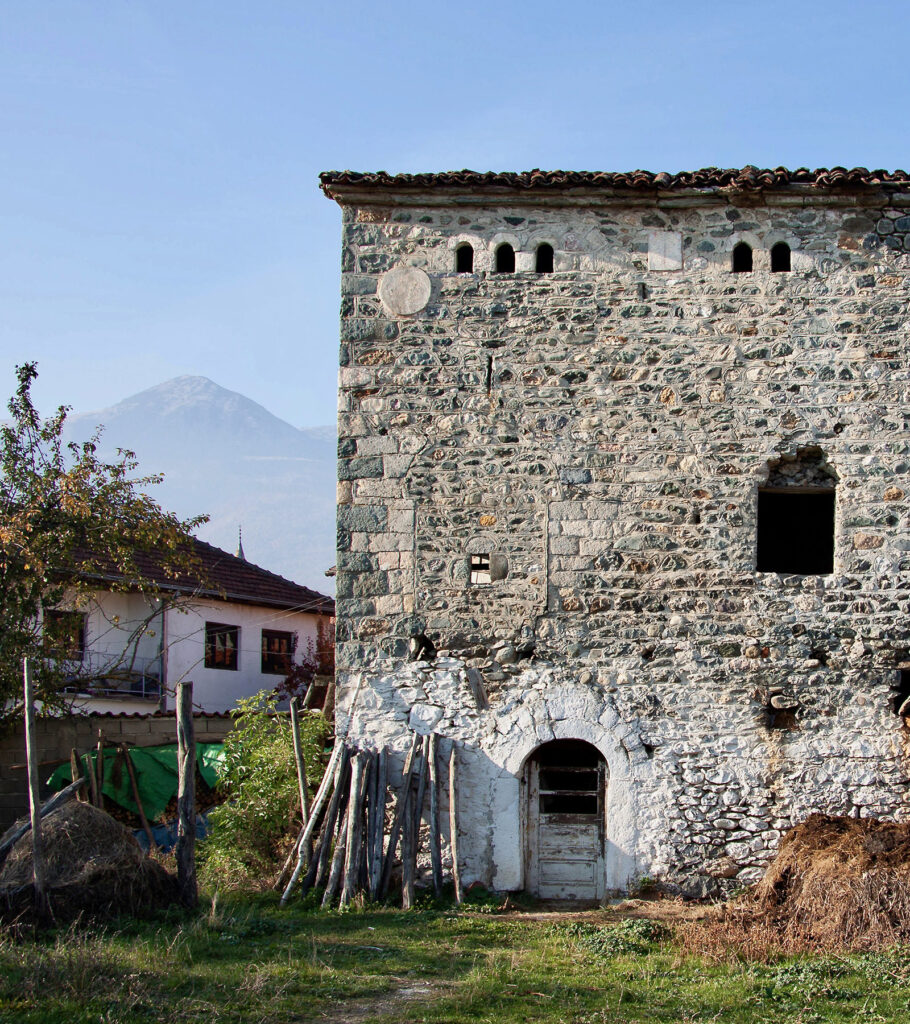Junik Traditional Houses: An Introduction to Albania’s Ancient Architecture
Albania is a small Balkan country with a rich cultural heritage and plenty of fascinating history to explore. One of the most interesting aspects of Albanian culture can be found in its traditional architecture, which dates back centuries and features some unique styles and designs. Junik is one of the most notable areas in the country where you can find some of the most impressive traditional houses, and it is well worth a visit for anyone who loves architecture and history.
What are Junik Traditional Houses?
Junik traditional houses are a type of architecture that has been around for centuries in Albania. These houses are typically made of wood, stone, and clay, and feature a unique style that is distinct from other architectural styles in the country. The most common type of Junik traditional house is known as the “Kulla,” which is a multi-storey structure with a steep roof and a balcony on the top floor. These houses are typically built with a mix of materials, including stone walls, wooden beams, and clay tiles.
The design of the Kulla is simple yet functional, and it is able to withstand the harsh weather conditions of the region. The houses are built to provide shelter from the elements, and the thick walls and steep roofs help to keep the interior cool in the summer and warm in the winter. The interior of the Kulla is typically divided into different rooms, which are used for different purposes, such as cooking, sleeping, and storage.
The History of Junik Traditional Houses
Junik traditional houses have a long and interesting history. They were first built by the Illyrians, an ancient people who lived in the region before the Roman era. The Illyrians built the Kullas as a way to protect themselves from the elements and to provide a place to store goods. Over time, the Kullas evolved and became more ornate, with elaborate designs and decorations.
The Kullas were also used as a status symbol by the wealthy families who lived in Junik, and even today they are seen as a symbol of prestige. The Kulla is also a symbol of the Albanian culture and identity, and it is often used as a motif in Albanian literature and art.
Things to See and Do in Junik
Junik is a small village located in the mountains of northern Albania, and it is the perfect place to explore the traditional architecture of the region. There are many Kullas scattered throughout the village, and it is possible to take a guided tour to learn more about the history and architecture of the area. It is also possible to rent one of these houses and stay for a few nights, if you want to experience the traditional lifestyle of the region.
The village of Junik is also a great place to explore the nature and culture of Albania. There are a number of hiking trails in the area, and it is also possible to visit some of the nearby villages to get a taste of the local culture. There are also a number of traditional restaurants and cafes in the area, which serve up some delicious traditional dishes.
Conclusion
Junik traditional houses are a unique type of architecture that is steeped in history and culture. These houses are a great way to explore the culture and history of Albania, and they provide a great insight into the traditional lifestyle of the region. If you are looking for an interesting and unique way to explore Albania, then Junik is the perfect place to do it.

